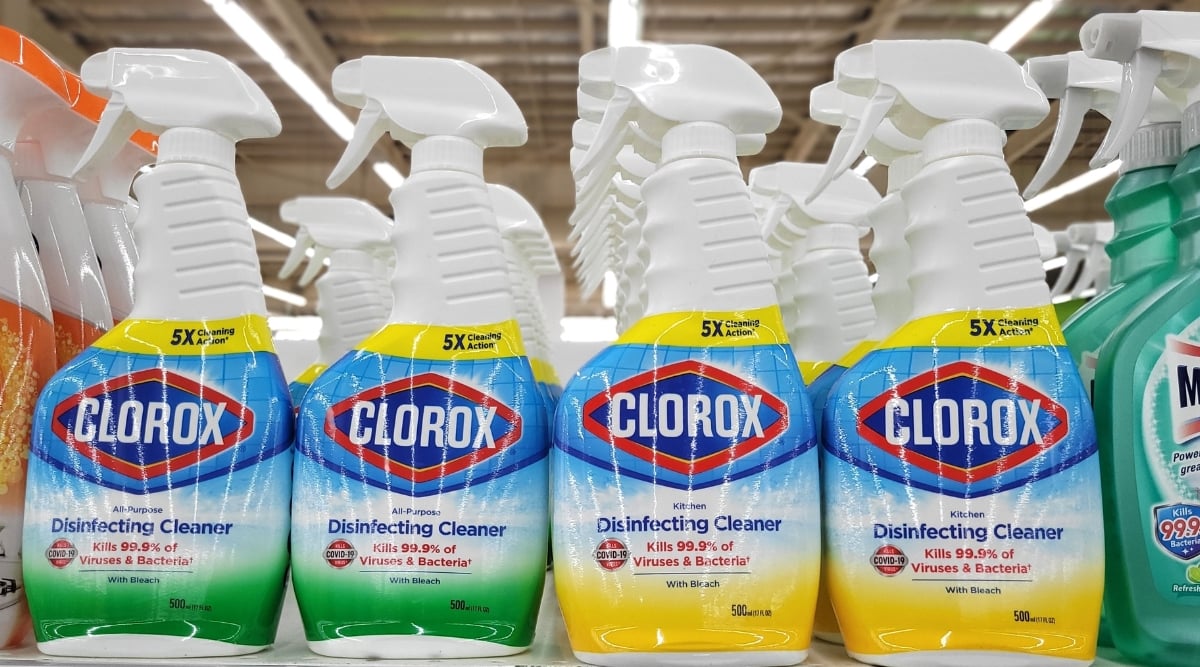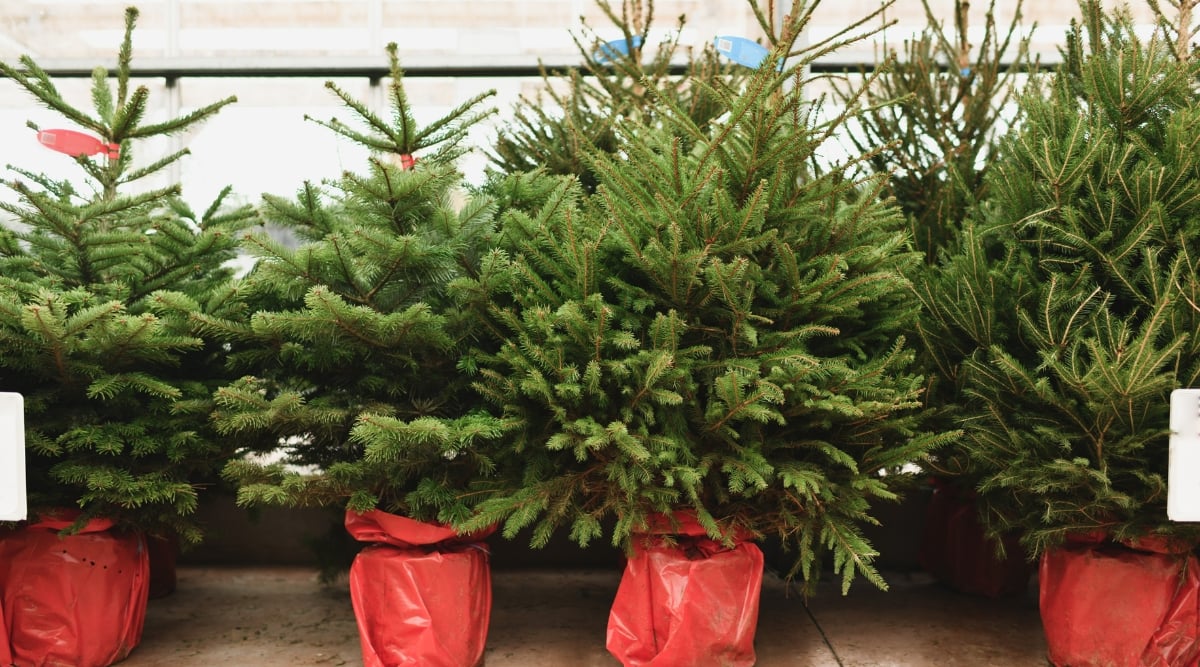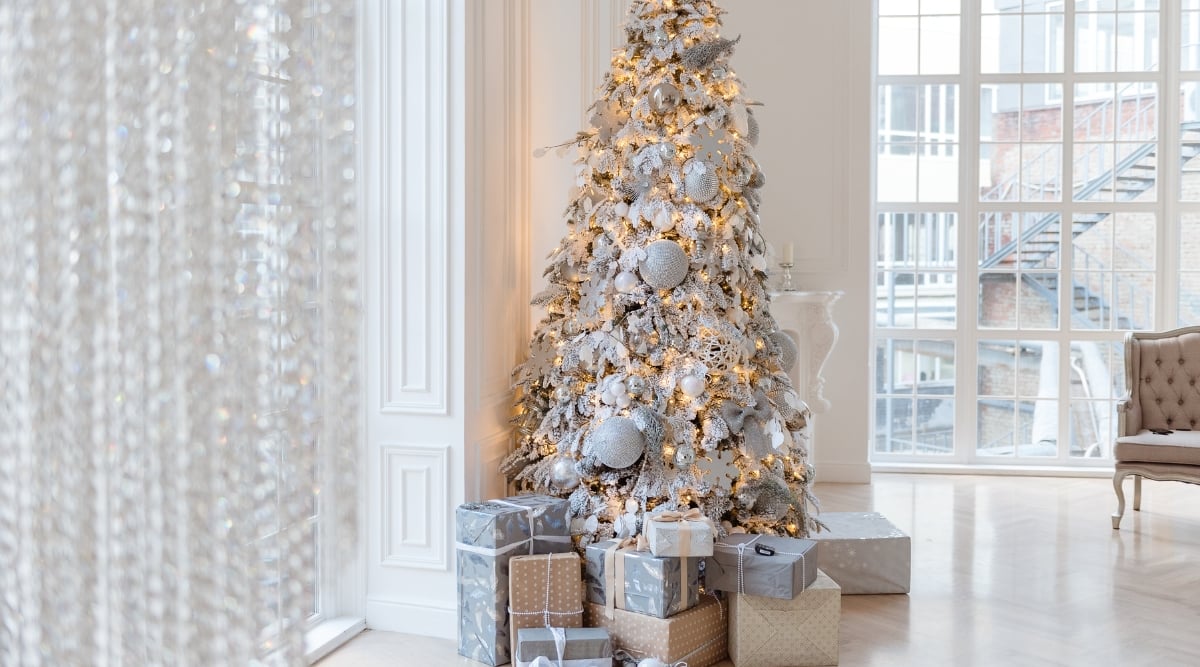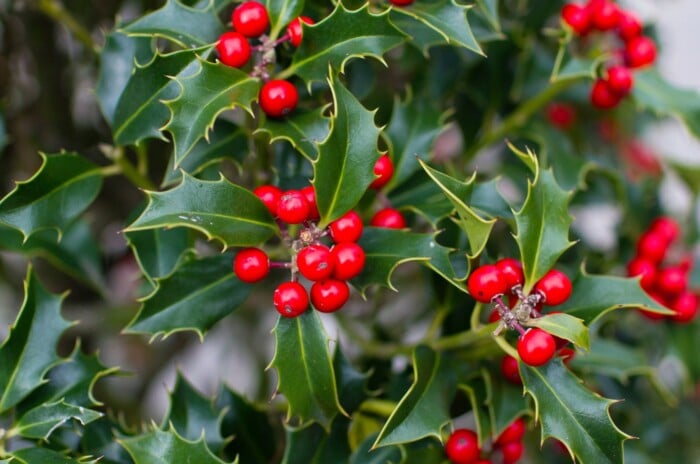What Should I Add to Christmas Tree Water?
There are plenty of seemingly great ideas floating around regarding amending your Christmas tree water. In this article, Christmas tree enthusiast Melissa Strauss discusses the dos and don'ts of watering your tree.

Contents
There are many tips on what you can add to your Christmas tree water to preserve it and keep it looking fresh throughout the holidays. But do any of them legitimately work? I’ve done some research, and I’d love to share my findings with you all.
It’s difficult to think of anything that can compete with the fresh, piney scent of an evergreen tree in the living room at Christmastime. Some big candle companies have come close, but that real tree scent just can’t be replicated.
I have fallen victim to the tragedy of a scraggly tree and a carpet of brown needles on Christmas Day. So, preserving the freshness of my tree is always high on the very long list of things to take care of during the holiday season. Let’s look at some things people add to their tree water and discuss what works and what could leave you with an even bigger mess.
The Short Answer
You don’t need to add anything to your Christmas tree water to keep it looking fresh. While some additives won’t hurt the tree, others, like bleach or alcohol, can harm it. Clean, fresh tap water or purified water and a freshly cut trunk are all it needs to stay fresh through the month.
The Long Answer

From vodka to aspirin, there are many different theories on what can be added to Christmas tree water to preserve those fragrant needles. The big debate online is whether the tree benefits most from a hangover or its remedy.
Some recommended additives can be downright harmful, while others may be innocuous but unlikely to have a positive effect. We’ve broken down the different recommendations into categories to help determine what you should and definitely should not add to your tree stand this year.
Harmful

Some of the recommended additives for Christmas tree water can be downright damaging and even shorten the tree’s lifespan. Here are some things that you should definitely not give your tree this season.
Bleach

The idea behind adding bleach to tree water is a fairly simple and straightforward one. The idea is that a bit of bleach in the water will kill any bacteria that may have infiltrated the cut end of the tree, thus extending the tree’s life and protecting it from said bacteria.
In reality, bleach can cause a breakdown in the integrity of the tree’s tissues, leading to an early grave. It can also inhibit the tree’s water uptake, leading to dehydration, which will spell a certain death for a live or cut tree of any kind. Save the bleach for your washing machine.
Vodka

Another remedy for eliminating bacteria in water is to add vodka or other strong spirits to the water. Just an ounce or two each time you water is rumored to do the trick. It sounds plausible, but is there any data to support this theory?
Sadly, this is not based on any real science. Adding alcohol to the water will have a similar effect that it does on the body. It will dehydrate the tree and have little to no effect on the amount of bacteria in the water. Go ahead and make yourself a stiff drink, but don’t share it with your tree, and be sure to stay hydrated yourself!
Harmless

While we can safely say that bleach and vodka are a no-go for tree preservation, there are other recommendations that, while they may not be harmful, aren’t likely to do much good either. It won’t hurt to try these for experimentation value, but don’t expect them to miraculously keep your holiday tree looking its best into the new year.
Aspirin

Aspirin has a host of uses in terms of the human body. It can help relieve a headache, prevent blood clots, and even exfoliate the skin for a clearer complexion. But what does it do for a Christmas tree when added to the water?
Not much, it would seem. The theory behind this amendment is that the aspirin will act as an exfoliant to the tree trunk and increase its porosity, facilitating better water uptake. While this is not proven to be the case, aspirin is unlikely to cause any harm, so if you want to give it a try, you’re safe to do so.
Corn Syrup

Corn syrup is tasty on pancakes, and here in the South, it’s commonly used instead of maple syrup for this purpose. Some say it has a place in Christmas tree health as a way of feeding the tree glucose to assist in water uptake.
The issue with this is simply that a cut tree is no longer living, so feeding it won’t have much of an effect. There is little chance that adding this to the water will be helpful, but it probably won’t hurt to try. Don’t overdo it; you could end up with a sticky mess or, worse, ants.
Sugar

Sugar may make your cookies tasty, but will it do anything for your Christmas tree? The idea here is similar to that of adding corn syrup. Some will say that adding sugar to the water helps provide the tree with carbohydrates, helping it to take in more water and stay hydrated.
Once again, this is unlikely to have much of an impact, as it is no longer living. You will see a similar effect with sugar as with corn syrup, very little, if any. Skip adding sugar to the water or risk drawing ants.
Helpful

With all of these suggestions for water additives, it can be overwhelming. When it comes to proven tree care, a few factors can significantly increase the lifespan of your cut tree and keep those needles hanging on as long as possible.
A Fresh Cut

One of the most important factors in tree longevity is how easily it can take in water. Without water, it will fade quickly. When out of water for four to eight hours, the sap can gum up the cut end of the trunk, sealing it over and preventing it from drinking.
When you buy a tree, a fresh cut is typically the last thing that happens before it is loaded into your car. The purpose of this fresh cut is to remove the sealed-over end of the trunk and reveal a new portion of the trunk that will be better able to absorb water.
If you plan to bring your tree directly home and place it in the stand, this cut should be perfectly fine. However, if you have a long drive or leave it sitting outside for a while before bringing it in and setting it up, it will need some attention. It never hurts to take an extra inch off the trunk just before placing it in the stand, just for good measure.
Hot Water

If you question whether or not your trunk has a fresh enough cut and put it up anyway without making a new cut, using some hot water can help thin out the sap and even help re-open the previous cut.
This doesn’t need to happen every time you water, but if you get your tree set up and it doesn’t appear to be taking in much water over the first 24 hours, give it a little shock by adding some hot water to the stand. If nothing else, this can’t do any damage, and it just might do the trick without having to cut the trunk of a decorated tree.
Clean Tap Water

In terms of additives, there is nothing that will dramatically improve longevity. All your tree really needs is an adequate amount of plain, clean tap water. A tree will need about one quart of water per day per one inch of trunk diameter.
Determining the amount of water a tree needs by height is not always accurate. A tall, thin tree may not need as much water as a short, wide tree. Measuring the trunk diameter is the best way to tell how much water is needed.
Another helpful factor in providing enough water is the size of the reservoir in the stand. Choose a stand that will accommodate at least one day’s worth and preferably a two-day water supply. A trunk that is four inches across will need about one gallon of water daily.
Don’t be alarmed if the tree begins to drink less as it ages. This is normal. It will take in more water in the first week than in the third or fourth. Just make sure that your reservoir never dries out. If there’s no water for four to six hours, you need a fresh cut or a shock of hot water.
A Cool Spot

The last important factor in the longevity of a tree is the temperature. Keeping it away from heat sources will keep it hydrated for longer. Place in a cool room away from a fireplace, heating vent, or radiator.
Replacing incandescent string lights with LED lights will also reduce the amount of drying heat exposure. LED lights originally emitted a cool, bluish light rather than the usual warm white of conventional string lights. However, these lights have come a long way in recent years and look better each year, now often resembling their warmer counterparts.
Final Thoughts
Trying out various fads for adding different substances to tree water can be tempting. But the best thing to do is keep it simple. Choose a good stand that holds enough water. Give your tree a fresh cut before placing it in your stand. And finally, make sure it gets an adequate amount of water to meet its daily needs.









